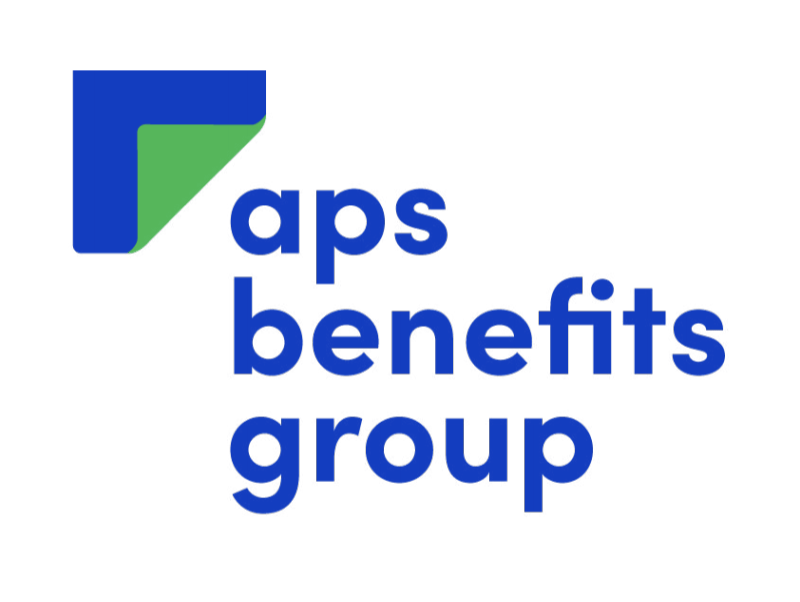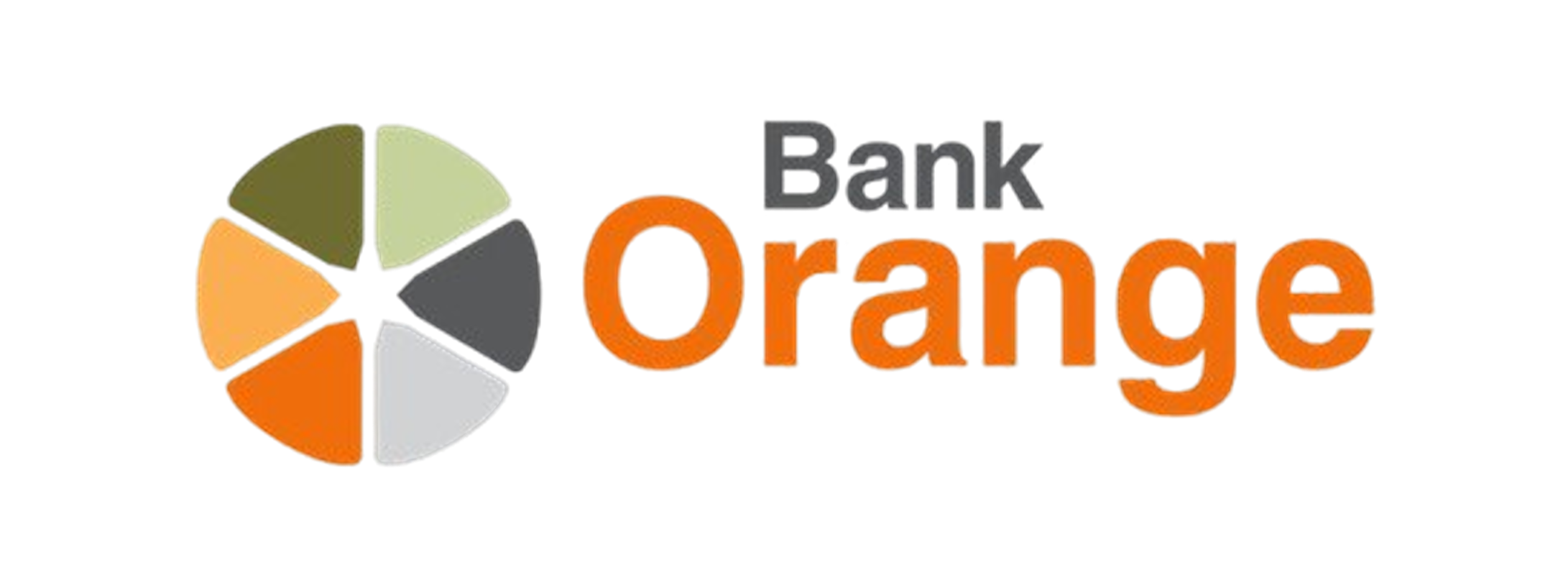Compare Personal Loans - Australia
Savrr.com is a trading name of SAVRR Australia Pty Ltd. Comparison is powered by SAVRR Australia Pty Ltd who don’t compare all providers in the market, or all products of those compared. SAVRR Australia does not provide credit assistance or advice and may receive a fee if you click on, apply, or are approved, for a product.
Learn More
- Default
- Comparison Rate
- Advertised Rate
Savrr.com is a trading name of SAVRR Pty Ltd. SAVRR compares loan products from a range of banks and other financial or credit product providers and does not compare all products in the market or all product features. To filter the results, you will need to enter some basic information which will generate a comparison of products that fall within those parameters. The default ordering of products is based on the Comparison Rate. SAVRR do not take into account your objectives, financial situation or needs, or provide advice, assistance, or recommendations.

Harmoney - Personal loan
Unsecured | Fixed
Advertised Rate
Loan Term
Monthly Repayment
Total
Establishment Fee
Loan Service Fee
Early Repayment Fee

Harmoney - Debt Consolidation
Unsecured | Fixed
Advertised Rate
Loan Term
Monthly Repayment
Total
Establishment Fee
Loan Service Fee
Early Repayment Fee

OurMoneyMarket - Personal Loan - $5,000-$75,000
Unsecured | Fixed
Advertised Rate
Loan Term
Monthly Repayment
Total
Loan Service Fee
Early Repayment Fee

OurMoneyMarket - Debt Consolidation - $5,000-$75,000
Unsecured | Fixed
Advertised Rate
Loan Term
Monthly Repayment
Total
Loan Service Fee
Early Repayment Fee

OurMoneyMarket - Personal Loan - $5,000-$75,000
Secured | Fixed
Advertised Rate
Loan Term
Monthly Repayment
Total
Loan Service Fee
Early Repayment Fee

OurMoneyMarket - Home Renovation Loan - $5,000-$100,000
Unsecured | Fixed
Advertised Rate
Loan Term
Monthly Repayment
Total
Loan Service Fee
Early Repayment Fee

NOW Finance - Personal Loan
Unsecured | Fixed
Advertised Rate
Loan Term
Monthly Repayment
Total
Establishment Fee
Loan Service Fee
Early Repayment Fee

NOW Finance - Personal Loan
Secured | Fixed
Advertised Rate
Loan Term
Monthly Repayment
Total
Establishment Fee
Loan Service Fee
Early Repayment Fee

Pepper Money - Unsecured Personal Loan
Unsecured | Fixed
Advertised Rate
Loan Term
Monthly Repayment
Total
Establishment Fee
Loan Service Fee
Early Repayment Fee

Pepper Money - Secured Personal Loan
Secured | Fixed
Advertised Rate
Loan Term
Monthly Repayment
Total
Establishment Fee
Loan Service Fee
Early Repayment Fee
Personal Loans Guide
A personal loan can be a useful financial tool. With one, you might achieve your goals sooner or take advantage of a limited-time opportunity you’d otherwise be unable to afford. But how do you sift through the jargon, weigh up risks, and compare personal loans to find options that meet your needs and suit your situation?
There’s no ‘best’ personal loan — if there were, everyone would pick that one — but the variety of pros and cons means some options will suit you better than others.
We believe everyone should have the tools to confidently evaluate and compare personal loan options, so they can find a suitable product for them. That’s why we’ve put together this easy-to-understand guide. It’s full of personal loan facts, so you’ll have the information you need to help you confidently compare personal loans and choose a suitable option for your needs.
What is a personal loan?
A personal loan is a financial product offered by banks, credit unions and some other kinds of financial institutions, such as online lenders. It allows you to borrow money for a wide variety of uses. Many people use personal loans to pay for big once-off expenses like a wedding, holiday, car, medical treatment or home renovation. Some also use personal loans to pay off several other debts, so they only have a single debt to keep track of (this is called debt consolidation).
If you take out a personal loan, you have to pay the money back within a specific period of time, and you’ll be charged interest. Some lenders also charge additional fees.

Types of personal loans
The first thing you need to know when comparing personal loans is that there are generally four main types.
Secured personal loan
When a financial institution lends money, there’s always a risk it won’t be repaid. So, lenders use a range of measures to reduce and offset this risk.
For personal loans, lenders can reduce the risk of losing loaned money by mandating borrowers provide a guarantee they’ll be able to pay the money back. But the guarantee isn’t a promise. It’s proof the borrower owns something that’s worth at least as much as the borrowed amount. That way, if the borrower can’t repay their loan, the lender can sell the asset to recover the money.
Such an asset is called a ‘security’ and the loan guaranteed by it is called a secured loan. Because lenders know they can recover unpaid amounts by selling the security, secured loans may come with lower interest rates.
Unsecured personal loan
An unsecured loan isn’t backed by an asset. Lenders typically only approve applicants for unsecured loans if they’re reasonably sure the borrower will be able to repay the debt. But to compensate for the risk, the interest rate for an unsecured loan can typically be higher than for a secured loan. So, if one borrower doesn’t repay an unsecured loan, the risk is somewhat mitigated via interest payments from other loans they’ve granted other unsecured loan borrowers.
Variable rate personal loan
The risk of a loan isn’t the only factor that affects the interest rate. Banks and other lenders also take into account general market conditions and the Reserve Bank of Australia’s (RBA) official cash rate, which influences the interest rate banks pay when they borrow from each other. That way, if a lender has to borrow money, the interest payments from its loan customers will more than cover the interest payments it has to pay to other financial institutions.
The RBA sets the cash rate every month (except January) based on a wide variety of factors, such as wages growth and the rate of inflation. And because the cash rate can change, lenders generally vary the interest rates they charge borrowers, so they can maintain a markup on the cash rate.
Fixed rate personal loan
A fixed rate personal loan is a loan where the interest rate is kept consistent for the term of the loan. If the lender believes market conditions and the cash rate will stay constant for the period of the loan, it may offer a loan with a fixed interest rate that may be similar to equivalent variable-rate personal loans. If the lender predicts volatility in the market or cash rate, the interest rate is likely to be different from equivalent variable rate loans.
Fixed rate loans can be attractive because you can plan ahead, always knowing what your repayments will be. And if you think interest rates will rise during the term of your loan, you can protect yourself against that added expense by locking in a lower rate. If interest rates drop, however, the risk is you’ll miss out on those savings.
Many fixed home loans have a rate that is fixed for a specific period, such as the first two years, and then becomes variable after that point. This is far less common in personal loans.
How much can you borrow with a personal loan?
Lenders will only loan you an amount they believe you can repay because they want that money paid back. The amount you can borrow via a personal loan will depend on a wide range of factors, including:
- Your income
- Whether you have any other debts
- Your other expenses
- Whether you’re single or have a partner
- Whether you’re borrowing by yourself or with someone else
- Whether you have any children or other dependents
- Your credit score (a number that helps to indicate how trustworthy you are when it comes to repaying debt)
Understanding your credit score can help you predict how willing a lender may be to give you a personal loan. There are a range of sites available which allow you to check your credit score, just check the terms of the site before you use it.
You can get an estimate of how much you might be able to borrow by using one of the many personal loan borrowing power calculators available on the internet. But to find out exactly how much you can borrow, you’ll need to contact the financial institution that offers the loan you want to apply for. And they’ll probably ask you to submit an application.

What is the best personal loan?
You can probably see now why there’s no single best personal loan. Every option has advantages and disadvantages, which have different impacts on each of us. For example, a secured loan may have a lower interest rate, but if you have to secure the loan with your car and your car is critical to your ability to earn money, would you want to risk the lender selling your car?
On the other hand, if you have a car merely for convenience and would be happy to catch public transport if you ever lost it, you might be quite happy to offer it as collateral on a personal loan.
With that in mind, you can only really find a suitable personal loan by comparing a range of options available. Here’s a great way to help do that.
What to look for in a personal loan
The first thing to consider when shopping for a personal loan is whether you meet the eligibility criteria. Assuming you do, then there are several key things to look for when assessing your options:
Minimum loan amount — most lenders won’t allow you to borrow less than a certain amount (the exact amount varies across lenders), and if you borrow more than you need, you may end up paying more in interest or risk having to pay an early repayment fee. So, it’s a good idea to look for a minimum loan amount that’s equal to or lower than the amount you want to borrow.
Comparison rate — most lenders will charge interest on loaned amounts as well as other fees. The comparison rate gives you an indication of how much it would cost you to borrow via that loan based on the interest rate and other fees. So, if two loans have similar interest rates, charging vastly different fees may result in different comparison rates. Be careful, though. The comparison rate calculation and subsequent warnings are mandated by the National Credit Code and is the same for all financial institutions. That means it doesn’t include all fees, and it won’t take into account the way you handle your loan. For example, if you make extra repayments or repay your loan early, your costs will be different.
Interest rate— all other things being equal, a lower interest rate will mean a loan will likely cost you less. So, a low interest rate is a good thing to look for.
Non-interest fees— various lenders will apply different charges to their loans, so it’s important you understand all the fees you’ll be charged with any given loan. Some fees may not be relevant to you, so it’s essential you review the fees in the context of your situation — how those fees and charges apply to you.
Loan terms and conditions— the repayment period and compulsory repayments can vary widely from loan to loan. This is perhaps the factor that will most influence whether a given personal loan is a good fit for your situation. For example, a longer loan term generally means lower monthly repayments, but you’ll pay more interest over the life of the loan. Whether that suits you will depend on your income now and what your income is likely to be in the future.
Special deals— from time to time, you may be able to secure a fee waiver or other special deal. This can reduce your costs, but always ensure you know what you’ll be charged later on.
Special features — some personal loans have special features like the ability to withdraw funds you’ve repaid without having to reapply for another loan. This can provide flexibility if you’re concerned about unforeseen costs or fluctuations in your income.
Speed of fund delivery— some lenders deliver funds on the day the loan is approved. Others take longer — up to two weeks in some cases. If you need the money urgently, you’ll need to choose a lender that delivers funds quickly, but remember to still do your research and ensure it’s a suitable loan for you.
Lender values— some financial institutions may contribute to causes you don’t support or display other behaviours that clash with your personal values. You might decide not to borrow from such lenders.

How to compare personal loans
Answering these general questions could help you get a better understanding of the type of personal loan you are looking for:
- Why do you want the loan?
- How much do you want to borrow?
- What is the interest rate on the loan?
- Is the interest rate fixed or variable?
- What other regular fees will you be charged?
- Is there an early repayment fee?
- What is the late payment fee?
- Are there any other ad hoc fees?
- What is the total amount payable to the bank over the term of the loan (the total cost of the loan)?
- What’s the minimum loan amount?
- How much can you afford to pay each month to repay your loan?
- Do you think interest rates are likely to go up, stay the same or go down?
- Over what period do you think interest rates will perform in that way?
- Is it a secured or unsecured loan? Do you own something valuable that you’d be willing to lose if you couldn’t repay your loan?
- Does the lender offer any perks? (E.g. the flexibility to redraw repaid funds)
- How does the bank or lender that’s offering the loan align with your personal values?
Personal loan FAQs
Ok, that covers many of the loan basics and should help you compare personal loans. But we did cover a lot there, so here’s a summary of frequently asked questions about personal loans.
What is a personal loan?
A personal loan is a credit product offered by financial institutions that allows you to borrow money for things like a wedding, holiday, car, medical treatment, home renovations or debt consolidation.
What is an unsecured personal loan?
If you apply for a secured personal loan, you’ll have to provide some kind of collateral that your lender can sell if you fail to repay your debt. An unsecured personal loan isn’t guaranteed by collateral.
How do personal loans work?
When you apply for a personal loan, your lender will give you money to spend. You’ll then have to pay at least a certain amount each month until you’ve repaid the loan in full. Those repayments include interest.
How do you get a personal loan?
To apply for a personal loan, you’ll need to fill in an application. Many lenders have online loan applications.
How much can you borrow via a personal loan?
The amount you can borrow will depend on a wide variety of factors, such as your income, expenses, current debts, other responsibilities and credit score.
Are there personal loans available for low-income earners?

Can a personal loan be used for a business?

Want to upgrade? How home renovation loans work

Considering if a personal loan is right for you?

Choosing between a personal loan or credit card?

Why eligibility criteria matters for personal loan applications






